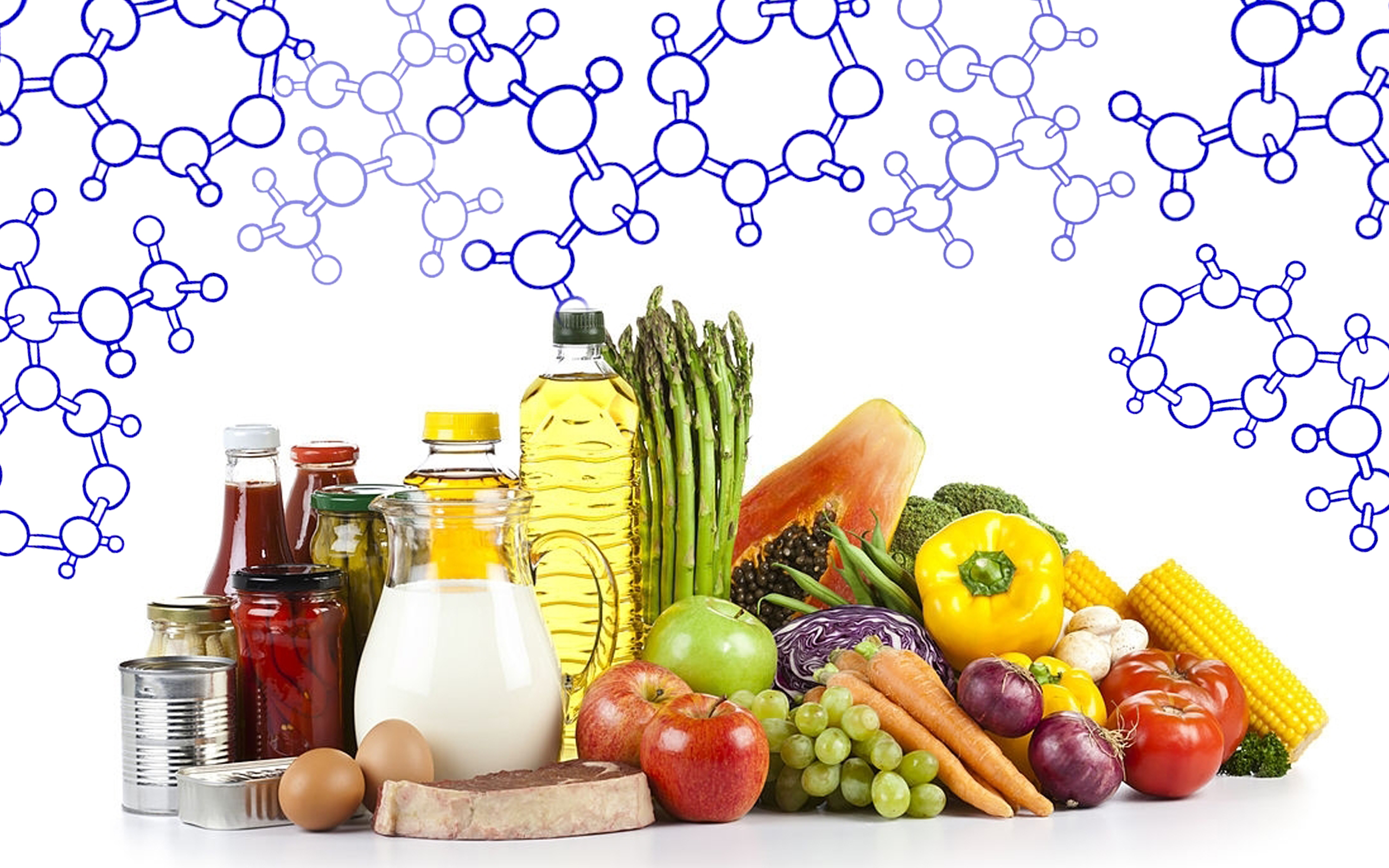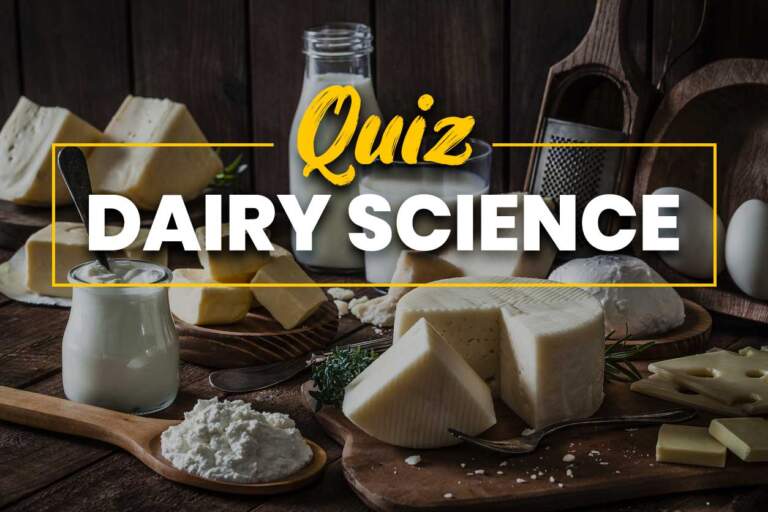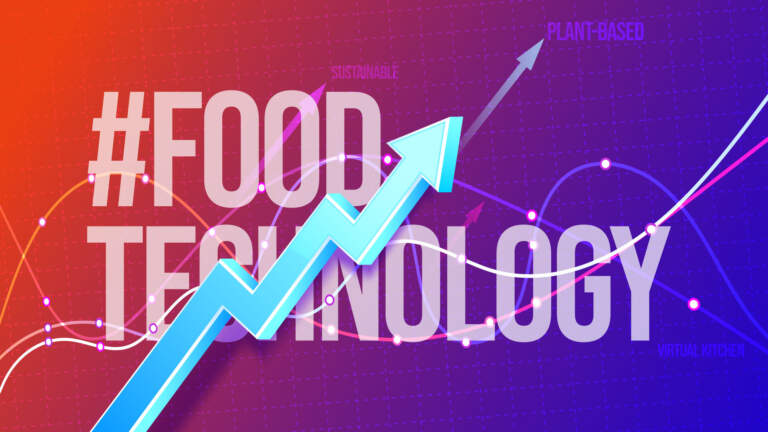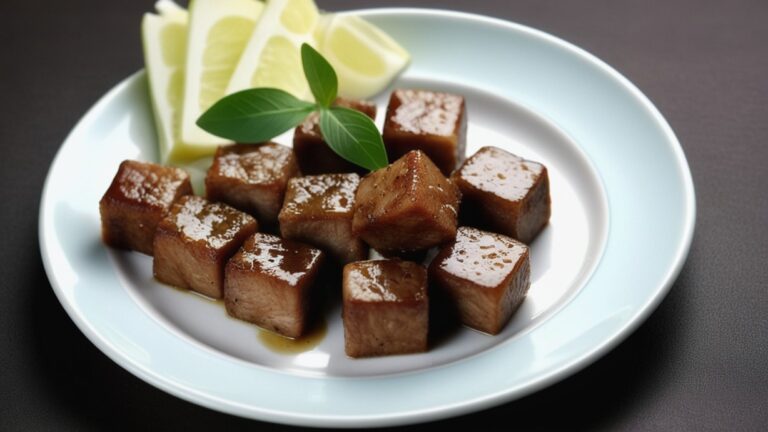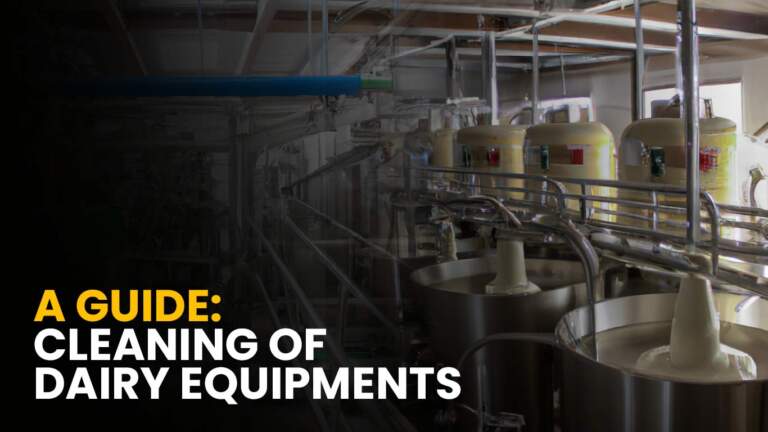Application of enzymes is prevalent in the food industry today. It is a powerful and useful way of processing food products in an efficient manner. Enzyme acts as a catalyst in all living organisms and regulates the rate of chemical reactions. They help in breaking down large molecules such as carbohydrates, proteins, and fats, into smaller molecules. Microbes have been contributing to the food industries for hundreds of years now. Processing products like cheese, bread, wine, beer, vinegar, and soy sauce is possible with the application of specific microorganisms. Mostly, industries use microbial enzymes instead of plant and animal-based enzymes. Because application of such enzymes in food are easy to handle, cost-effective, and have more stability.
The most common application of enzymes in food industry is rennet. It is an animal-based enzyme derived from the stomach of young calves. Rennet coagulates the milk. This separates the solids (curd) and liquid (whey). Then, this curd is processed into making cheese.
There are various types of enzymes having different application in food industry such as bakery, dairy, beverage, fruits and vegetables processing. Let us look about a few of the application of enzymes most commonly used in food industry.
Application of enzymes in food industry
1. Bakery Industry
Bakery industry is common sector to use enzymes in processing. Enzymes act as dough improvers. It improves the characteristics of the dough such as gas formation and retention and dough handling. Besides this, it not only improves the crust of the bread but also improves the texture and the structure of the crumb along with prolonging the shelf life.
The most common enzymes are amylase and protease. The α – amylases produce dextrins which break down into sugars with the help of β – amylase which is naturally occurring. This improves the yeast fermentation, crust colour, and volume of the bread. Dextrins help in keeping the baked products fresh as it reduces the rate of staling. Whereas, protease breaks down the proteins into peptides and free amino acids resulting in the weakening of gluten. This greatly impacts the rheological properties of bread dough kneaded from strong wheat or of the dough for making waffles and biscuits. The use of this enzyme aids in reducing gluten elasticity and mixing time. It also helps in improving the flavour and texture of the baked goods.
Other enzymes lipase and cellulase. In the case of lipase, lipids break down into monoglycerides and diglycerides and result in retarding the staling of the baked goods. Cellulase or pentosanase improves the properties of the dough and the quality of the bread.
2. Dairy Processing Industry
Application of enzymes in dairy industry is vast. In the dairy industry, the production of various dairy products includes various enzymes such as rennin, lactase, lipase, catalase, etc. Using such enzymes help in improving various characteristics of dairy products like taste and flavour. The most common product is cheese. Rennet is a milk coagulant which allows the curd (solid) to separate from the whey (liquid). The curd is then used for the manufacture of cheese. Lactase, also known as β-Galactosidase, catalyzes the hydrolysis of lactose and breaks down into glucose and galactose. It helps in making low lactose milk by reducing the lactose content making it suitable for people suffering from lactose intolerance. It not only improves the product’s sweetness also improves the creaminess of the product (for example, ice cream) after the hydrolysis of lactose with lactase.
Another known enzyme used in this sector is lipase. It helps in accelerating the ripening of cheese and imparts strong flavours in cheese. Apart from these enzymes, the addition of catalase helps in breaking down hydrogen peroxide into molecular oxygen and water. Though it has very limited use in the manufacturing of cheese, it helps in eliminating the excess hydrogen peroxide which might inhibit the beneficial bacterial cultures.
3. Fruits and Vegetable Juice Processing Industry
Enzymes play a very important role in the processing of fruit juice as they give a higher yield, clarifies the product, and improves the filtration process which provides great quality for clarified juices. They extract the juice from the fruits and vegetables by breaking down the structure of the fruits and thereby releasing the maximum amount of juice in the fruit. Enzymes also aid in improving the aroma and colour.
The combination of catalase and glucose oxidase enzymes help in prolonging the shelf life of the citrus fruit juices as it retards the oxidative reactions which lead to deterioration of aroma. The major enzyme used in the processing of fruit juices is the hydrolases which enhance the organoleptic properties.
Pectinase comes in handy after the extraction process since the juice appears to be cloudy. This is because of the amount of pectin naturally present in the fruits. This enzyme turns the turbid juice into a crystal-clear one by breaking down the pectin and producing an appealing clear juice with better taste and texture. (Chandrasekaran, M, et al., 2015)
4. Alcoholic Beverage Industry
This is another sector where enzymes play an essential role in the manufacturing of malted products like whiskey and beer. Majorly they provide three functions – fermentation by producing the required sugars, controlling the viscosity, and “chill-proofing” in the case of beer. The enzymes activate during the malting and fermentation stage of brewing beer. When it comes to the production of wine, enzymes improve the maceration process. They preserve the quality of the wine for many years. Apart from this, they also help in promoting clarification and filtration and improves the colour of the wine.

Amylases and glucoamylases are majorly used for the production of alcohol. Since the raw materials contain starch, it has to undergo the hydrolysis process to break into fermentable sugars with the help of the aforementioned enzymes.
Pectinases, hemicellulases, and cellulases attain the best quality of the wine by clarifying and filtering the wine which not only improves the colour and appearance but also the aroma of the wine.
Application of enzymes in food industry [Video]
Article Sources:
- Raveendran, S., Parameswaran, B., Ummalyma, S. B., Abraham, A., Mathew, A. K., Madhavan, A., Rebello, S., & Pandey, A. (2018). Applications of Microbial Enzymes in Food Industry. Food technology and biotechnology, 56(1), 16–30. https://doi.org/10.17113/ftb.56.01.18.5491
- Chandrasekaran, M. (Ed.). (2016). Enzymes in Food and Beverage Processing. Boca Raton: CRC Press, https://doi.org/10.1201/b19408

